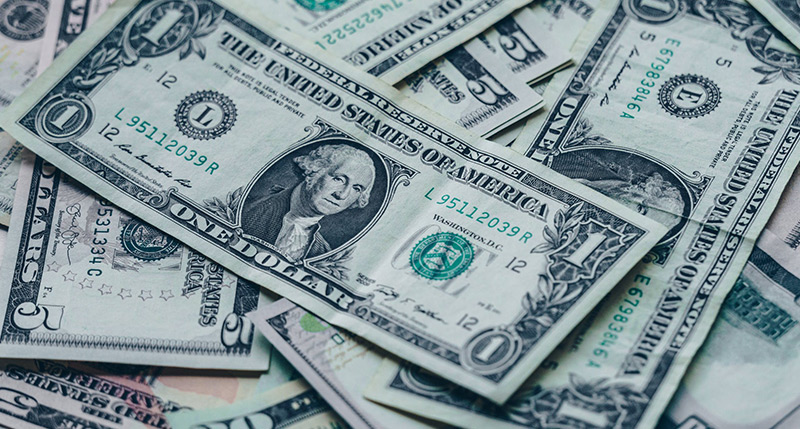Flex Spending: Time to Use it Or Lose it
Nothing says “happy holidays” like a brand new pair of designer glasses! If you enjoy holiday shopping but dread the inevitable January credit card bills, treat yourself this year by using your Flexible Spending Account, or FSA. Not only is the list of FSA-eligible items surprisingly long, flex dollars often come with an end-of-year expiration date. Use ‘em or lose ‘em!
WHAT IS FLEX SPENDING?
A Flexible Spending Account is a tax-free way to pay medically necessary expenses that are not covered by your insurance. FSAs are designed to complement health or vision insurance, and, in the event that an individual does not have health insurance, an FSA can even stand alone.
Flex dollars, as the name suggests, offer a wide degree of flexibility when it comes time to use them. FSAs are designed to cover your medically necessary expenses; flex spending funds can be used to cover health insurance costs (including copays, coinsurance and deductibles) and qualified health expenses that fall outside insurance coverage.
HOW CAN FLEX SPENDING SAVE YOU MONEY?
While the flexible nature of FSAs is attractive, the real value of FSA programs lies in the money-saving tax benefits they offer. Usually, flex accounts are funded by a pre-tax payroll deduction. That means a portion of your total earnings is diverted into your FSA before taxes are calculated and deducted from your paycheck. Because you never pay taxes on the dollars you funnel into your FSA, the total amount of taxes you owe is lowered. Lower taxes equals money saved!
FSAs also come with another unexpected perk: immediate access. FSA funds are incrementally deducted from your paycheck over the course of the year, but you don’t have to wait until year-end to access your FSA funds. The full annual contribution is available as soon as the first payroll deduction hits your account.
TOP 5 WAYS TO USE YOUR FSA DOLLARS
Ready to take advantage of those dollars lingering in your flex account? Here are five fantastic ways to put your allotted funds toward clearer vision and better eye health.
- A year of contact lenses
Ever pulled open the bathroom drawer only to realize you’re completely out of contact lenses? Solve that problem for a whole year by ordering prescription contacts in bulk and paying with flex funds.
- Prescription sunglasses
While regular sunglasses are not FSA-eligible, sunglasses that include vision correction can be purchased using a flexible spending account. Protect your eyes and see more clearly with a pair of FSA-funded prescription shades.
- A second pair of glasses
Variety is the spice of life, so why not put your extra flex dollars toward a second pair of glasses? If you’re currently sporting casual frames, consider treating yourself to a dressy or designer pair.
- LASIK
While it’s not a good idea to rush into elective surgery just to empty out your flexible spending account, FSA and HSA dollars can be put toward LASIK procedures. If the timing doesn’t work out for LASIK this year, you can schedule a visit with your optometrist to determine whether you’re a good candidate for the procedure. If you are, you’ll have plenty of time to plan for flex-funded LASIK in 2019.
- A guide dog
In cases of severe vision impairment or blindness, flexible spending dollars can even be used for a guide dog! The National Federation of the Blind offers a list of guide dog schools that can connect those in need with the right service animal.
The bottom line is that there are multiple ways to support good vision using your FSA funds, so head over to your optometrist’s office if you find yourself with flex funds that you need to use or you’ll lose. Your eyes will thank you!

Recent Comments